Rebuilding after climate disasters
The instinct to restore homes and businesses in vulnerable areas is being questioned as climate change intensifies
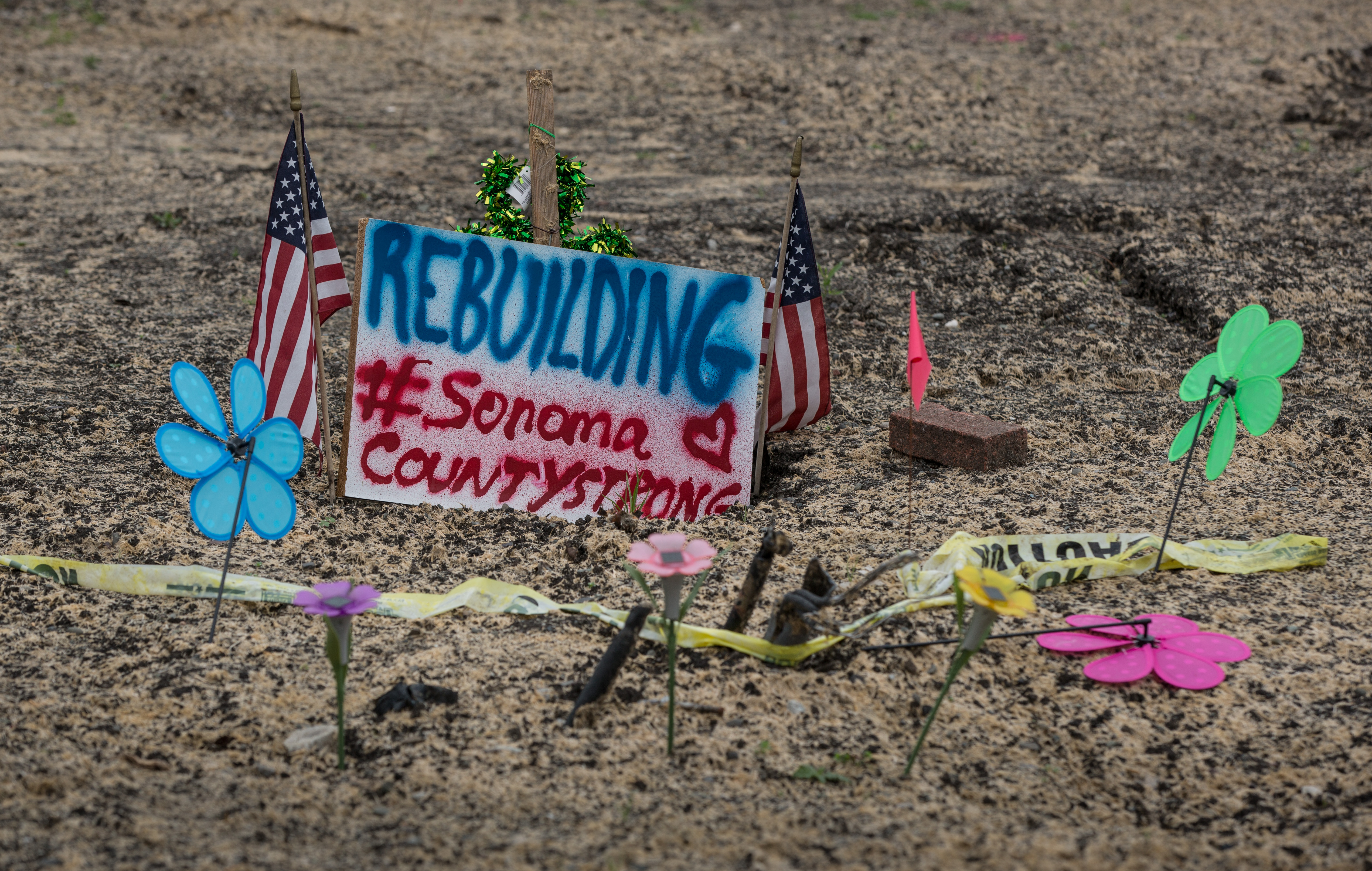
The instinct to restore homes and businesses in vulnerable areas is being questioned as climate change intensifies. Here's everything you need to know:
Why is rebuilding an issue?
As wildfires, powerful hurricanes, and flooding grow more frequent and severe, it makes less sense to spend billions to restore what was lost. Hurricane Ian inflicted at least $60 billion in damage on Florida's Gulf Coast last month, leveling several coastal communities and barrier islands. The storm left both homeowners and policymakers wondering at what point the risks of oceanfront property outweigh the benefits. It's a question now facing residents throughout the Eastern Seaboard as sea levels rise and storm surges become more commonplace. In California, taxpayers have spent billions rebuilding woodsy communities left in ashes by wildfires, but another 6,800 wildfires ravaged the state this year. Given a choice between moving or staying and adapting to a changing climate, most people prefer "to adapt," said Nadia Seeteram, a researcher at Columbia University's Climate School. But a growing number "recognize that moving might be something that they may need to consider in the long term."
Why do people keep rebuilding?
Sentimentality, combined with either extreme denial or extreme acceptance. In 2021, two-thirds of Americans polled said they would rather rebuild than relocate if their home were damaged. On the island of Nantucket, Massachusetts, where climate change is eroding the shoreline, homeowners are raising the foundations of their multimillion-dollar houses and moving them back a few dozen yards from the beach in hopes of escaping the rising sea. Most municipalities encourage rebuilding, at least partly because a decrease in the number of houses and businesses shrinks the tax base. Charleston, South Carolina, is constructing a $1.1 billion seawall to protect against frequent hurricanes, but development in flood-prone areas continues, and the port city's population grew 25 percent from 2010 to 2020. Charleston just approved a development that would put 18,000 housing units in a floodplain near the coast. This disconnect points to a sense of fatalism: If storms, fires, droughts, flooding, and heat waves are making many parts of the country increasingly unlivable, why not enjoy a gorgeous setting while you can? "We all kind of pick our poison, don't we?" said Jonathan Kusel of the Sierra Institute for Community and Environment in fire-prone Northern California.
The Week
Escape your echo chamber. Get the facts behind the news, plus analysis from multiple perspectives.

Sign up for The Week's Free Newsletters
From our morning news briefing to a weekly Good News Newsletter, get the best of The Week delivered directly to your inbox.
From our morning news briefing to a weekly Good News Newsletter, get the best of The Week delivered directly to your inbox.
Who's footing the bill?
The government, mostly. Under the 1988 Stafford Act, the federal government provides aid with few restrictions once the president declares a federal disaster. This provides a strong incentive to rebuild devastated areas, even if it's likely they'll be devastated again. The government also spends billions every year on resilience projects to protect existing infrastructure, such as beach nourishment projects, which have been found to increase oceanfront development. Last year's infrastructure act allocated about $47 billion over several years for resilience projects, and communities that receive aid aren't required to strengthen their disaster planning or alter floodplain development. This creates a moral hazard: Why not take the risk of living on the coast when the government is picking up the tab?
What about homeowners' insurance?
Most homeowners' policies don't cover damage from flooding. FEMA offers a National Flood Insurance Program, but after several massive hurricane payouts, premiums have risen to about $1,000 a year, and can be higher depending on a home's flood history. Only 1 in 5 homeowners in Hurricane Ian's evacuation area had national flood insurance. Federal emergency aid provided through the Stafford Act can help individual homeowners rebuild, but it often can take years for the money to trickle down through the bureaucracy. So, many residents rely on savings, charity, or loans. It can be very costly to rebuild, because they usually have to adhere to new building codes designed to makes structures better able to withstand extreme weather. After Hurricane Charley hit Florida in 2004, rebuilt homes had to comply with some of the strictest building codes in the country. Those homes fared much better in Hurricane Ian than older houses constructed under laxer codes. This is one of the many reasons why natural disasters fuel inequality.
What are other reasons?
Wealthier people are more likely to be able to afford national flood insurance, and are more likely to navigate bureaucracies to qualify for federal disaster aid. In addition, home values generally rebound more quicky in wealthier neighborhoods. In Fort Myers Beach, one of the areas hardest hit by Ian, Trixie Parkes' 1976 wood-frame cottage was completely wrecked, and since she had no flood insurance, Parkes, 59, plans to sell her property and move away. Five blocks away, Fernando Gonzalez's $2 million home barely suffered any damage. When he had it built in 2016, he went beyond building code requirements, raising the first floor 16 feet off the ground and digging a deep foundation with thick concrete walls that are vented to allow water to flow through them in a storm surge. "If you want the luxury of living near the ocean," Gonzalez said, "you have to pay."
Choosing to retreat
Some homeowners don't rebuild after disasters, either out of financial concerns or recognition of the futility of living in areas that climate change is making more vulnerable. But most of the available disaster aid focuses on rebuilding, so people have little support to move away from shore communities, low-lying floodplains, and fire-prone woods. In California's Mariposa County, frequent fires and a housing shortage are making relocating a challenge; by 2050, officials warn, wildfires will threaten an estimated 79.8 million homes. A strategy called managed retreat is slowly gaining traction, encouraging officials to relocate communities out of vulnerable areas, but this strategy is hampered by the fact that it also requires expensive investments in the public services on which residents rely. Some homeowners who've seen their property destroyed are becoming climate refugees, and are resettling in New England and the upper Midwest and other areas where disasters are less common. "Where people live is very sticky," said Beth Gibbons of the American Society of Adaptation Professionals. "They're reluctant to move. But the day is going to come that they are not going to be able to stay there."
A free daily email with the biggest news stories of the day – and the best features from TheWeek.com
This article was first published in the latest issue of The Week magazine. If you want to read more like it, you can try six risk-free issues of the magazine here.
-
 The diminishing power of willpower
The diminishing power of willpowerIn the Spotlight ‘Try harder’ attitude may not be the best way to achieve long-term goals
-
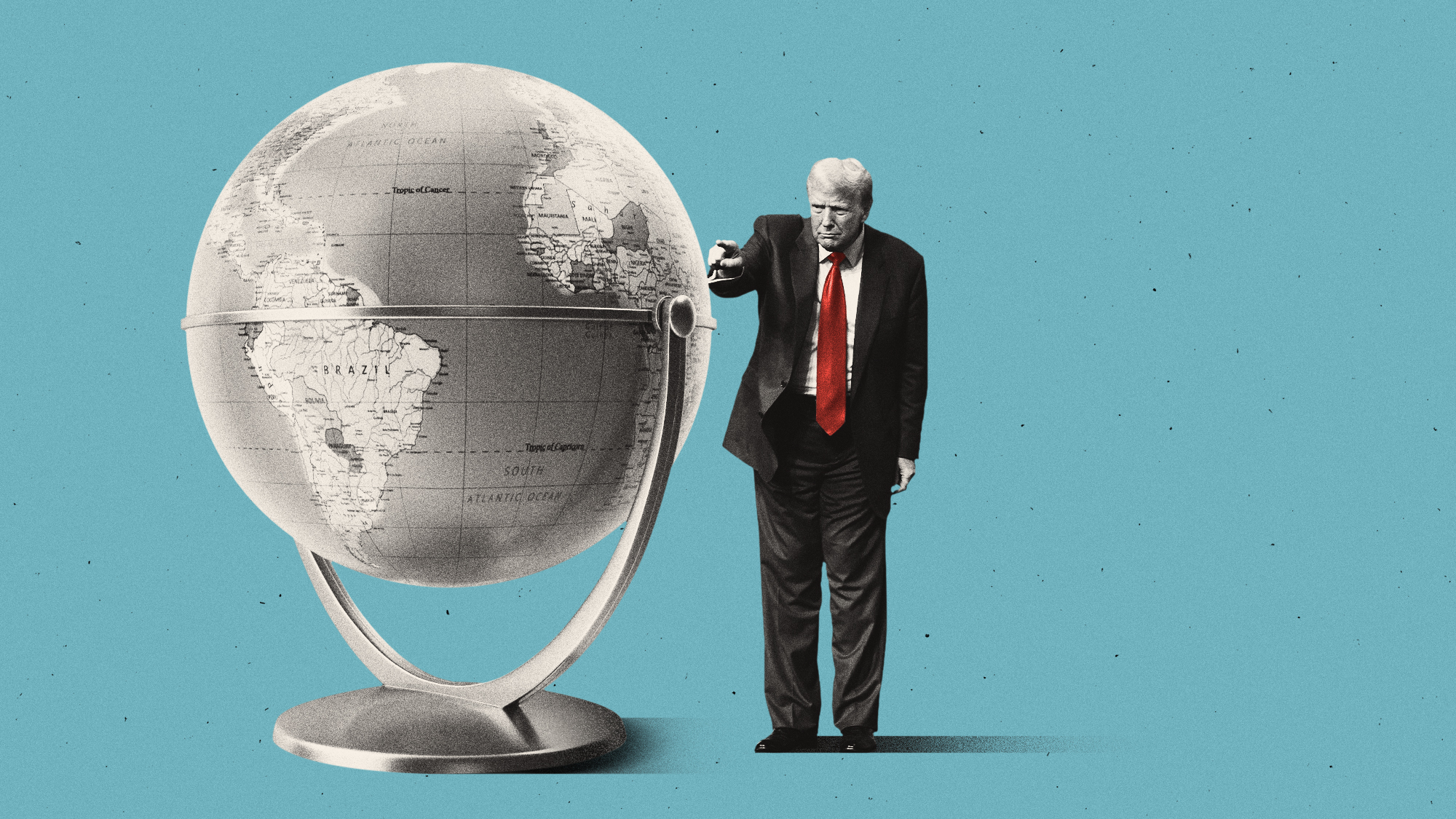 Greenland, Colombia, Cuba: where is Donald Trump eyeing up next?
Greenland, Colombia, Cuba: where is Donald Trump eyeing up next?Today's Big Question Ousting Venezuela’s leader could embolden the US administration to exert its dominance elsewhere
-
 Wilde Cambridge: home-away-from-home in a prime city spot
Wilde Cambridge: home-away-from-home in a prime city spotThe Week Recommends This laid-back aparthotel is the perfect base for a weekend of exploring
-
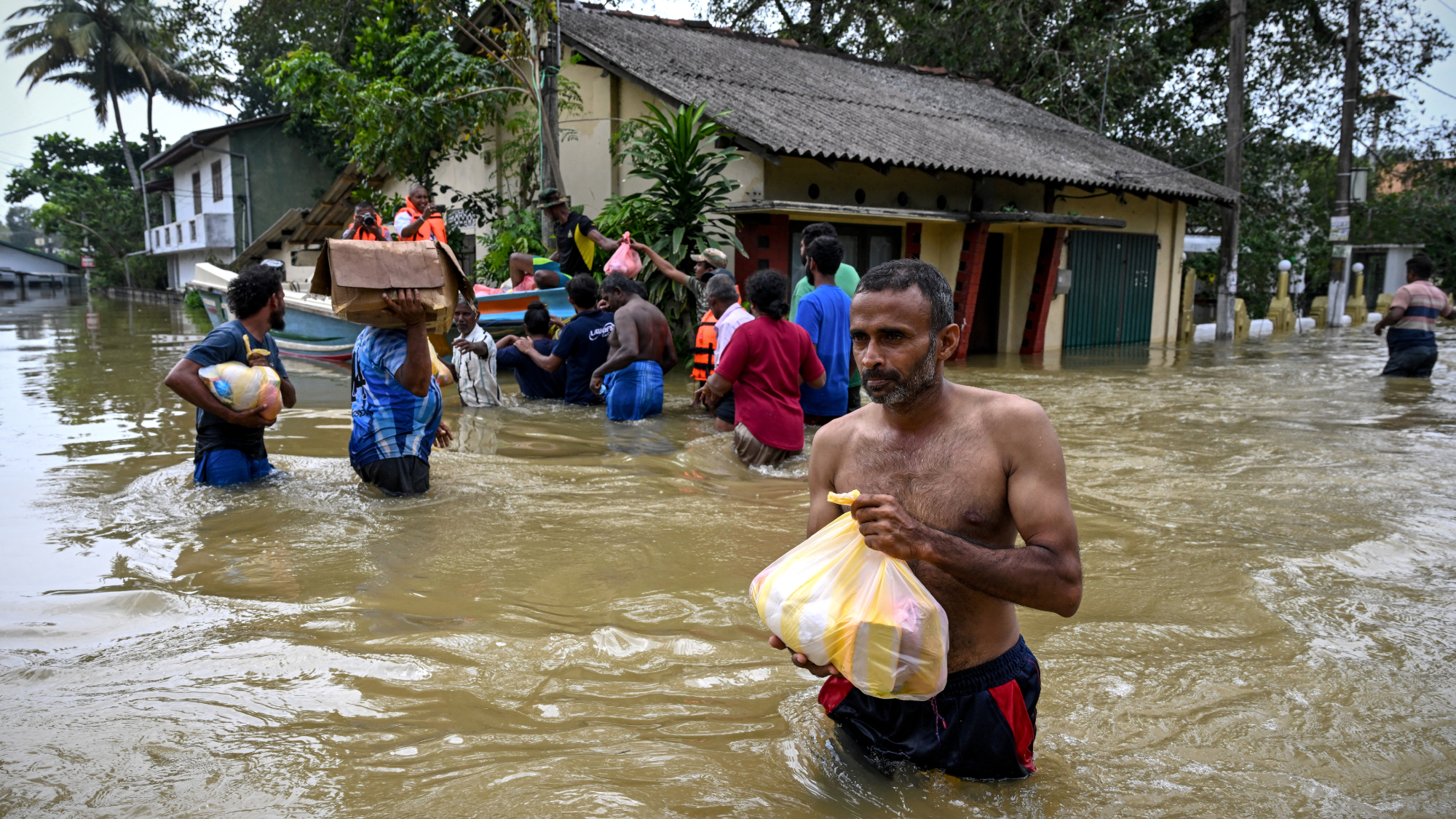 Death toll from Southeast Asia storms tops 1,000
Death toll from Southeast Asia storms tops 1,000speed read Catastrophic floods and landslides have struck Sri Lanka, Indonesia, Thailand and Malaysia
-
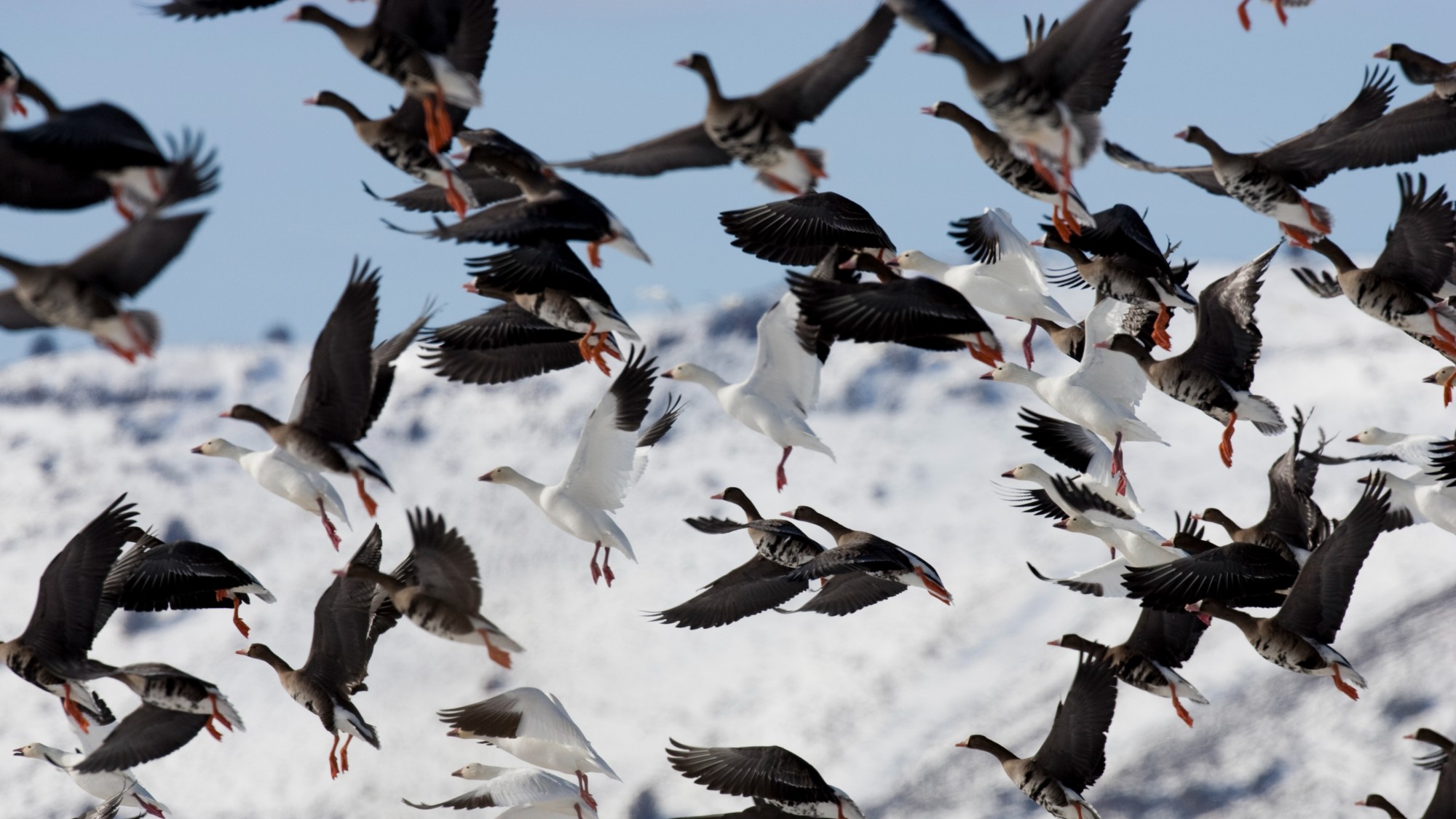 Icarus programme – the ‘internet of animals’
Icarus programme – the ‘internet of animals’The Explainer Researchers aim to monitor 100,000 animals worldwide with GPS trackers, using data to understand climate change and help predict disasters and pandemics
-
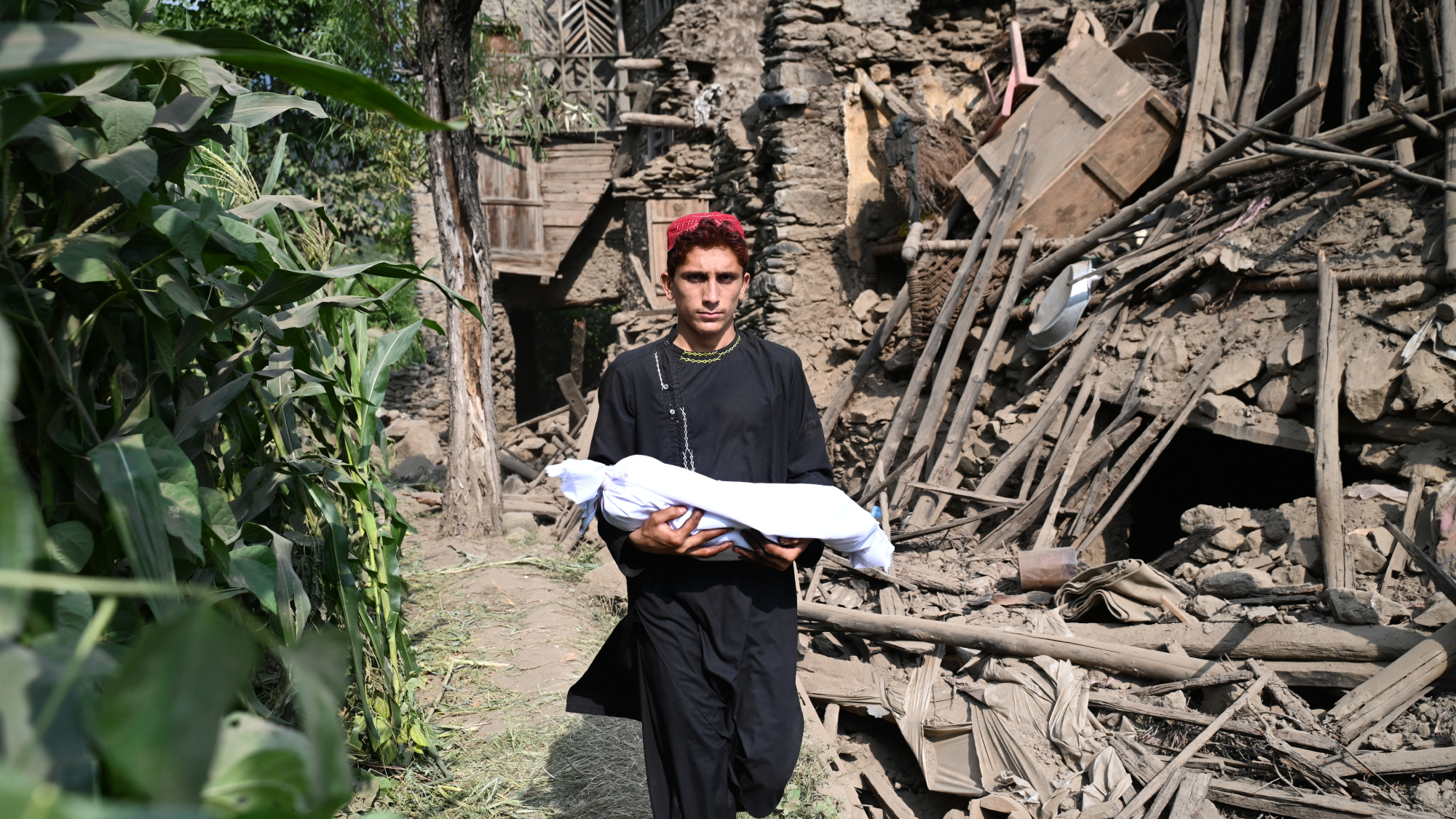 At least 800 dead in Afghanistan earthquake
At least 800 dead in Afghanistan earthquakespeed read A magnitude 6.0 earthquake hit a mountainous region of eastern Afghanistan
-
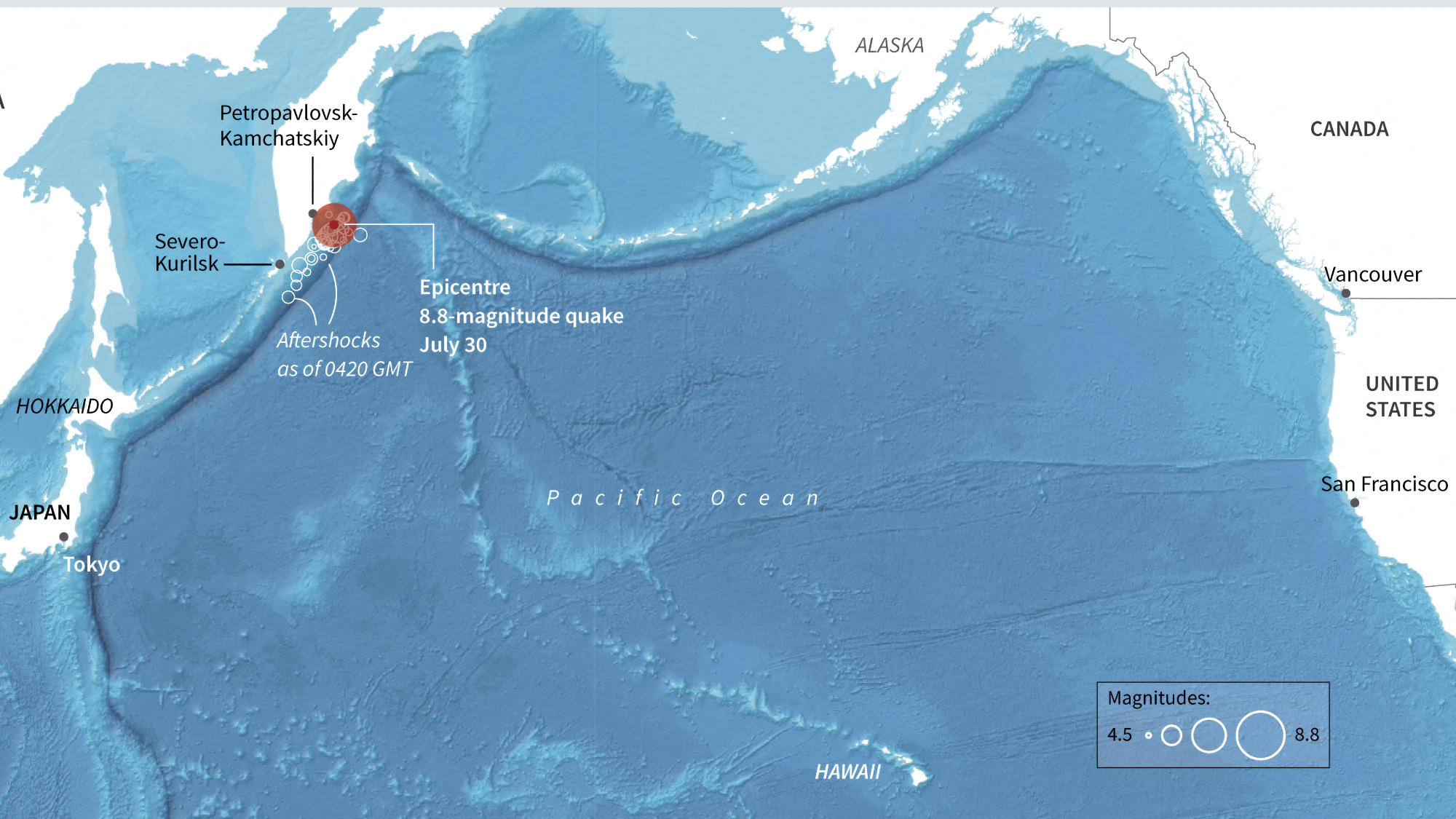 Massive earthquake sends tsunami across Pacific
Massive earthquake sends tsunami across PacificSpeed Read Hundreds of thousands of people in Japan and Hawaii were told to evacuate to higher ground
-
 FEMA Urban Search and Rescue chief resigns
FEMA Urban Search and Rescue chief resignsSpeed Read Ken Pagurek has left the organization, citing 'chaos'
-
 Wildfires destroy historic Grand Canyon lodge
Wildfires destroy historic Grand Canyon lodgeSpeed Read Dozens of structures on the North Rim have succumbed to the Dragon Bravo Fire
-
 Why are flash floods in Texas so deadly?
Why are flash floods in Texas so deadly?Today's Big Question Over 100 people, including 27 girls at a summer camp, died in recent flooding
-
 Search for survivors continues after Texas floods
Search for survivors continues after Texas floodsSpeed Read A total of 82 people are confirmed dead, including 28 children